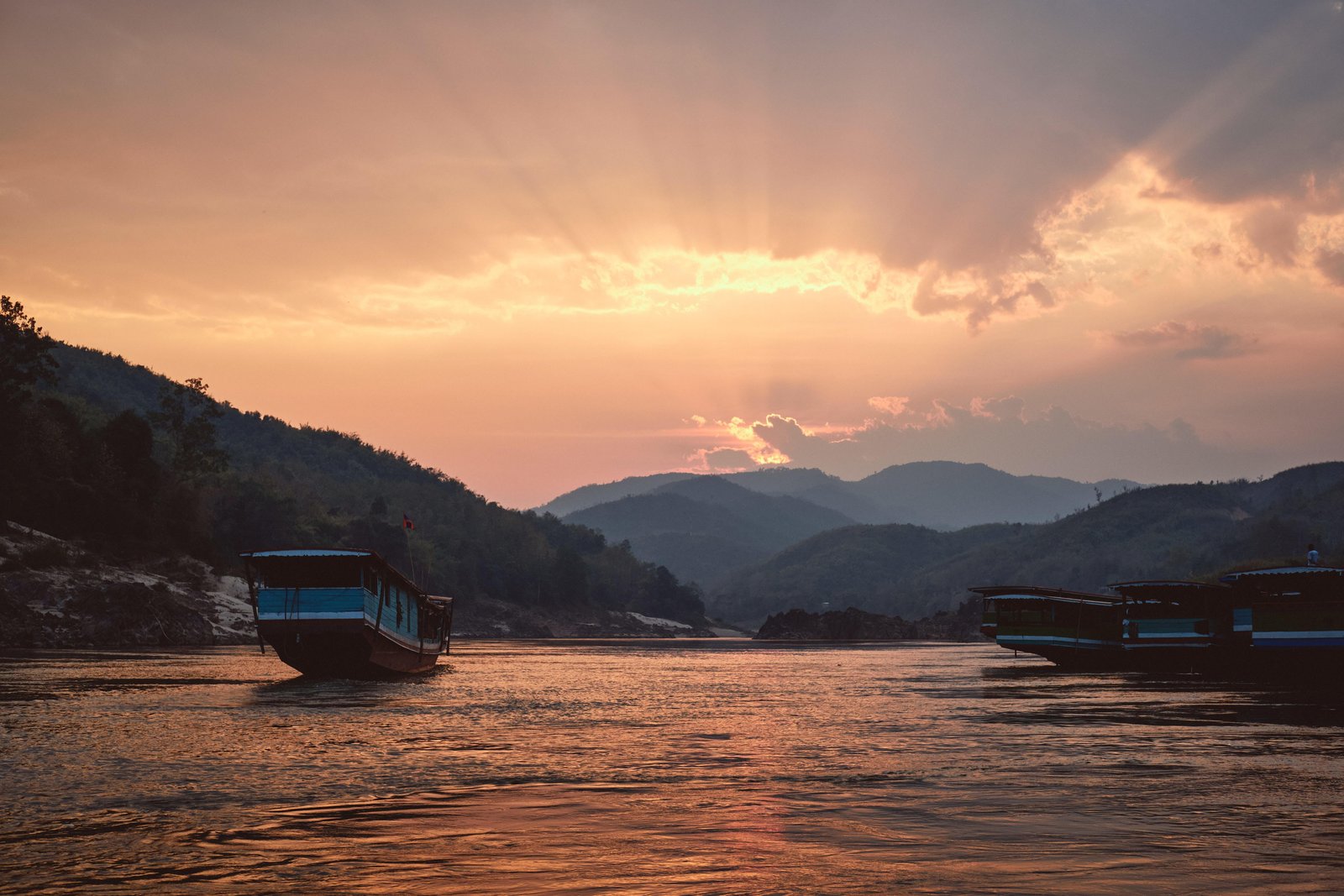No products in the cart.
Discover how the Mekong River shaped the rise and growth of Lao kingdoms through trade, culture, and political power.

The Mekong River, one of the longest and most influential rivers in Asia, has been the lifeline of Laos for centuries. More than just a source of water, the Mekong played a decisive role in the formation of Lao kingdoms, shaping their economic systems, cultural exchanges, and political influence. From ancient settlements to the rise of the Lan Xang Kingdom, the Mekong served as a natural highway, binding communities and connecting Laos to the wider region of Southeast Asia.
The Mekong as a Foundation of Kingdoms
Early Settlements: Fertile plains along the Mekong attracted early agricultural communities, creating stable food supplies that led to permanent settlements.
Strategic Location: Control over Mekong trade routes gave kingdoms both wealth and political strength.
Cultural Exchange: Ideas, religions, and traditions spread via river trade, particularly Buddhism and Hinduism from India.
Defensive Barrier: The river provided natural defense against invasions while also acting as a boundary between kingdoms.
Economic Role of the Mekong
Agriculture: Irrigation from the river supported rice cultivation, making Laos an agricultural hub.
Fishing: The Mekong provided a rich source of protein, sustaining populations.
Trade: Boats carried goods such as rice, salt, and forest products to neighboring regions, linking Laos to global trade networks.
The Mekong and the Lan Xang Kingdom
The Lan Xang Kingdom (14th–18th century), the most powerful in Lao history, rose to prominence by controlling key Mekong routes.
The river facilitated not only trade but also cultural integration, spreading Buddhism as the kingdom’s central identity.
Cultural and Religious Influence
Sacred rituals and festivals, such as the Boun Ok Phansa (end of Buddhist Lent), are tied to the river.
Temples and stupas were often built near the Mekong to symbolize spiritual and physical prosperity.
Example in Laos
Cities like Luang Prabang and Vientiane thrived because of their locations along the Mekong, becoming centers of governance, trade, and religion.
Conclusion
The Mekong was more than a river—it was the foundation of Lao civilization, shaping kingdoms, sustaining communities, and connecting Laos to the outside world. Its legacy continues today as the Mekong remains central to Lao identity and development.
About CITS Laos
CITS Laos collaborates with cultural institutions, tourism boards, and historians to highlight the role of the Mekong in Lao history. We design bilingual heritage platforms, run digital awareness campaigns, and build SEO strategies to showcase the river’s enduring influence. By promoting the Mekong’s historical and cultural role, CITS Laos ensures this lifeline continues to inspire future generations.